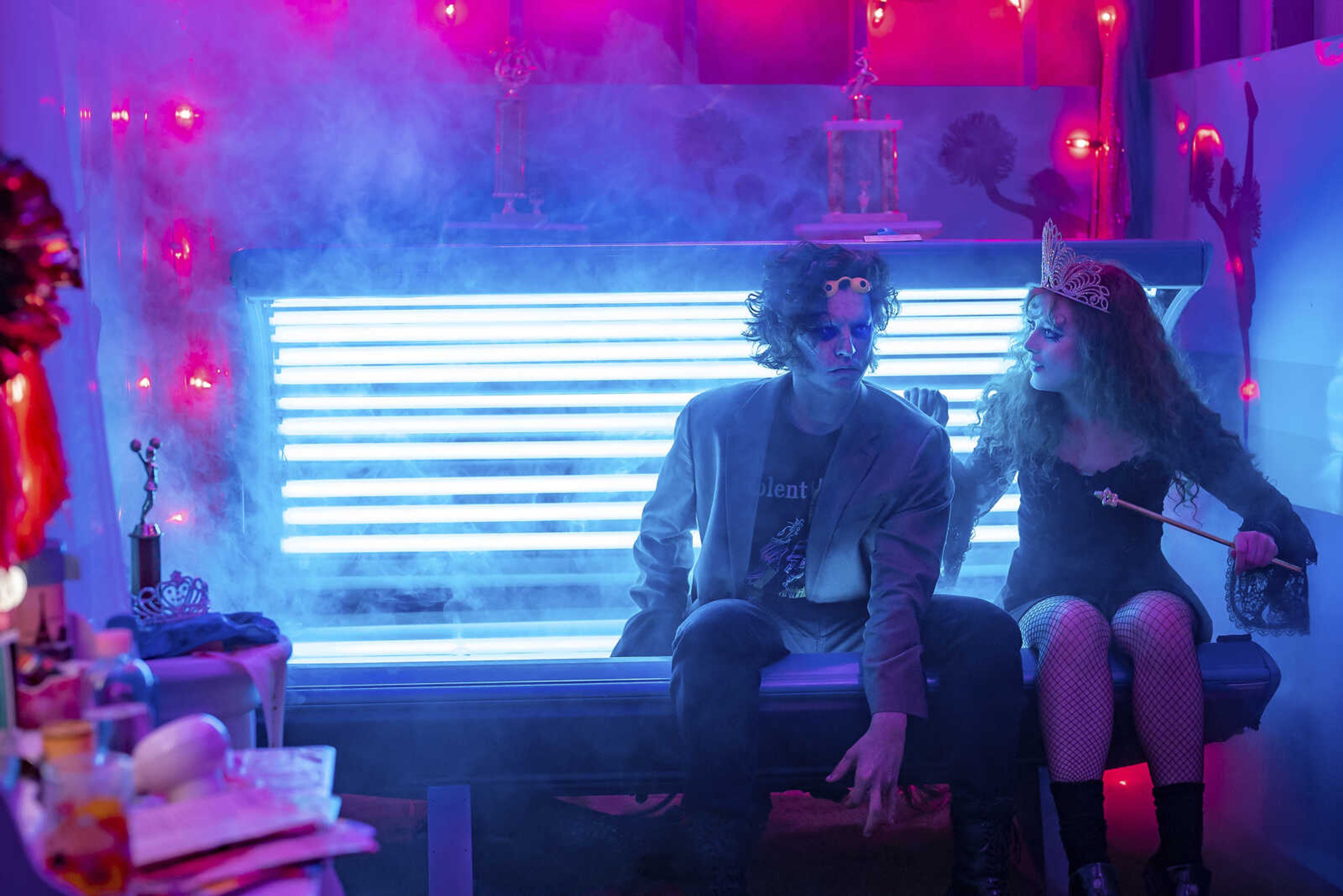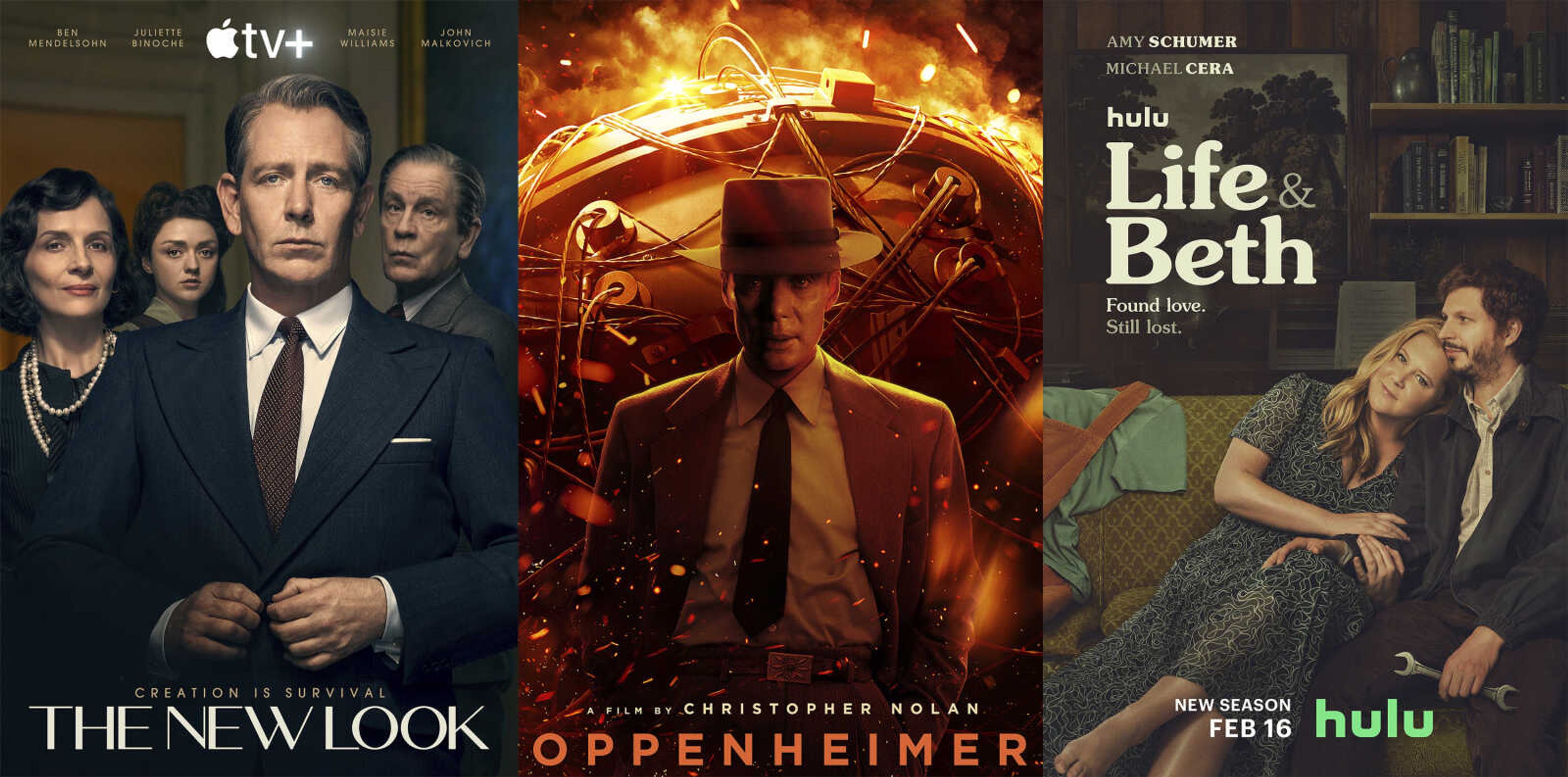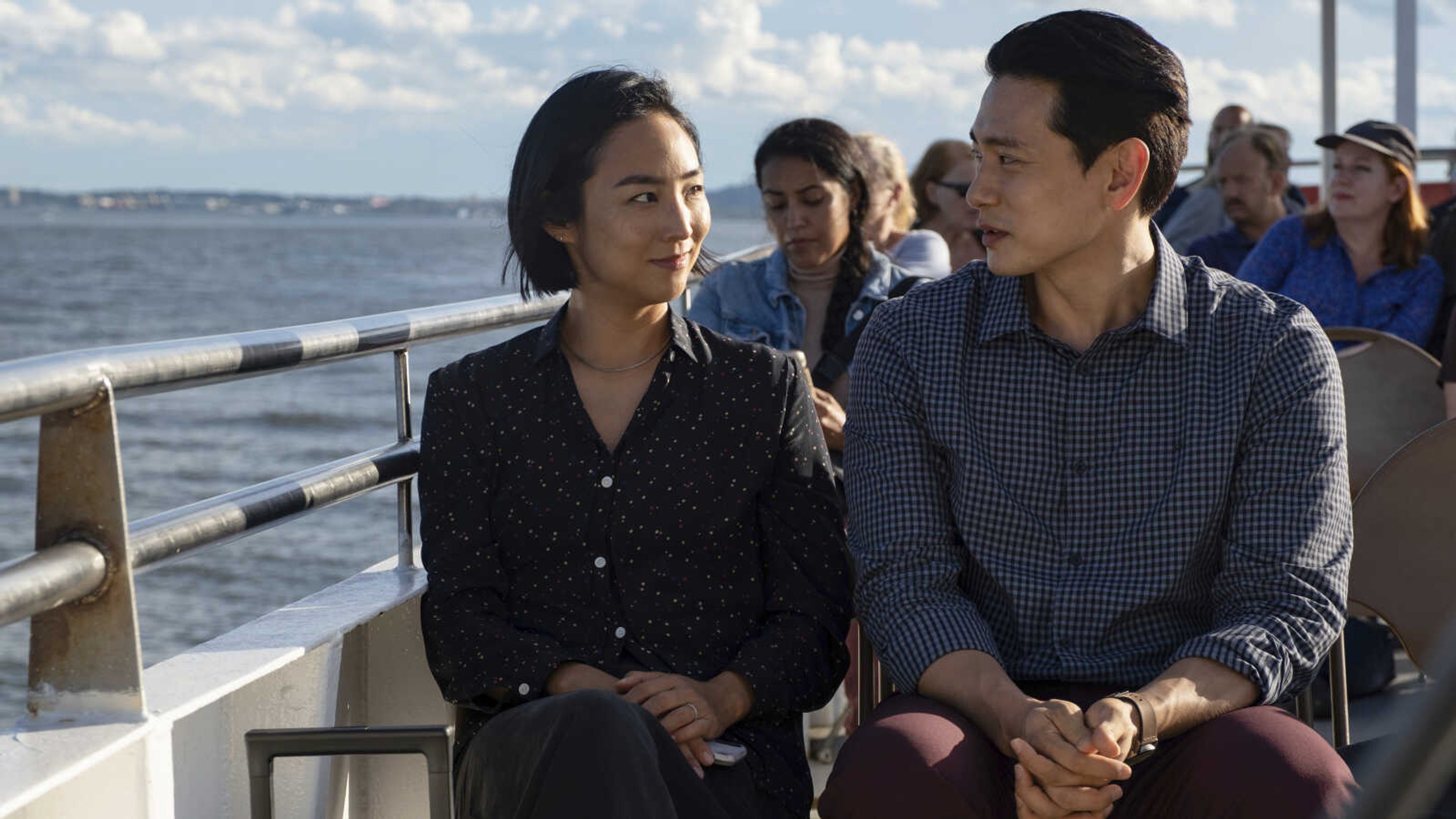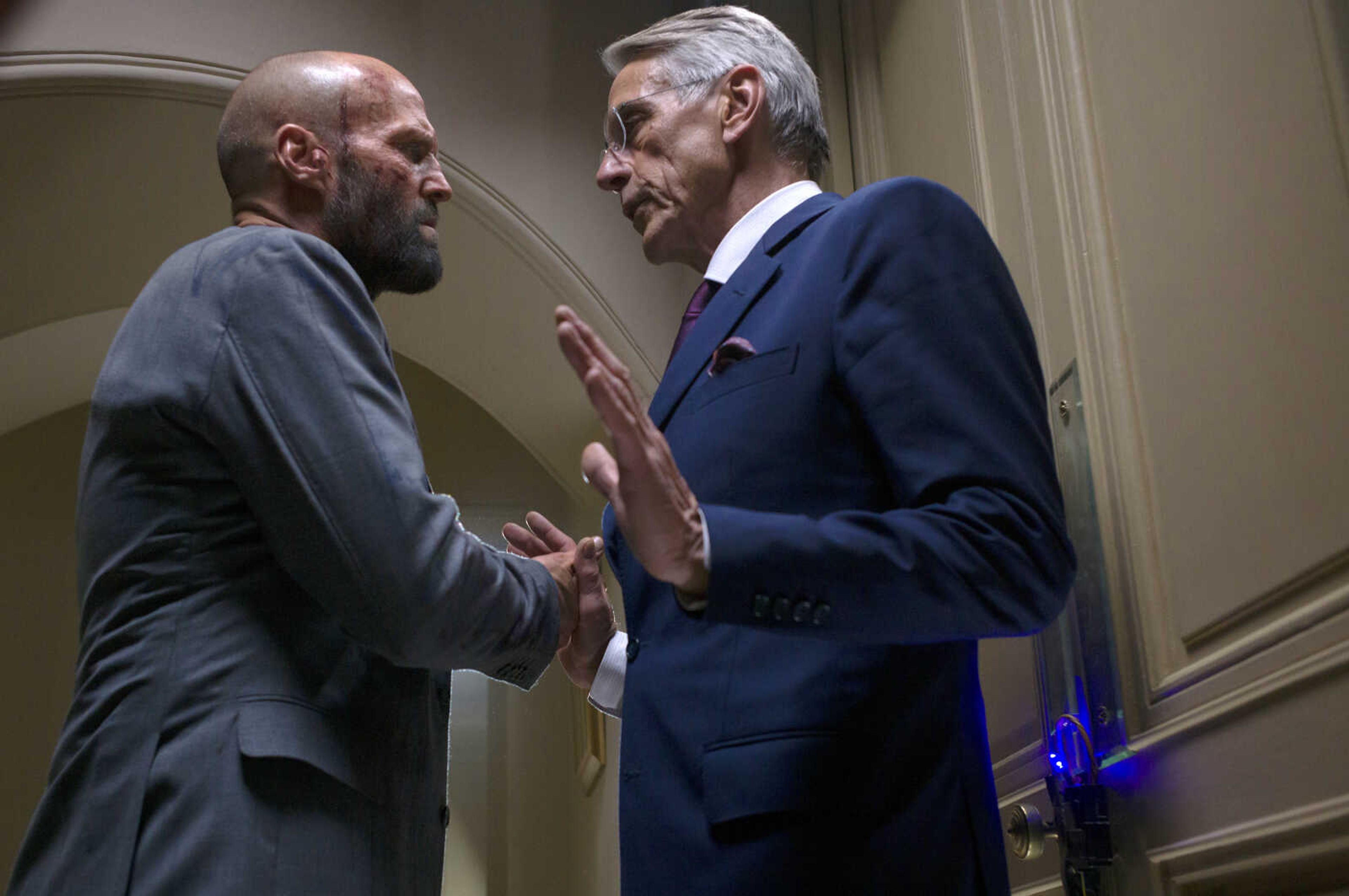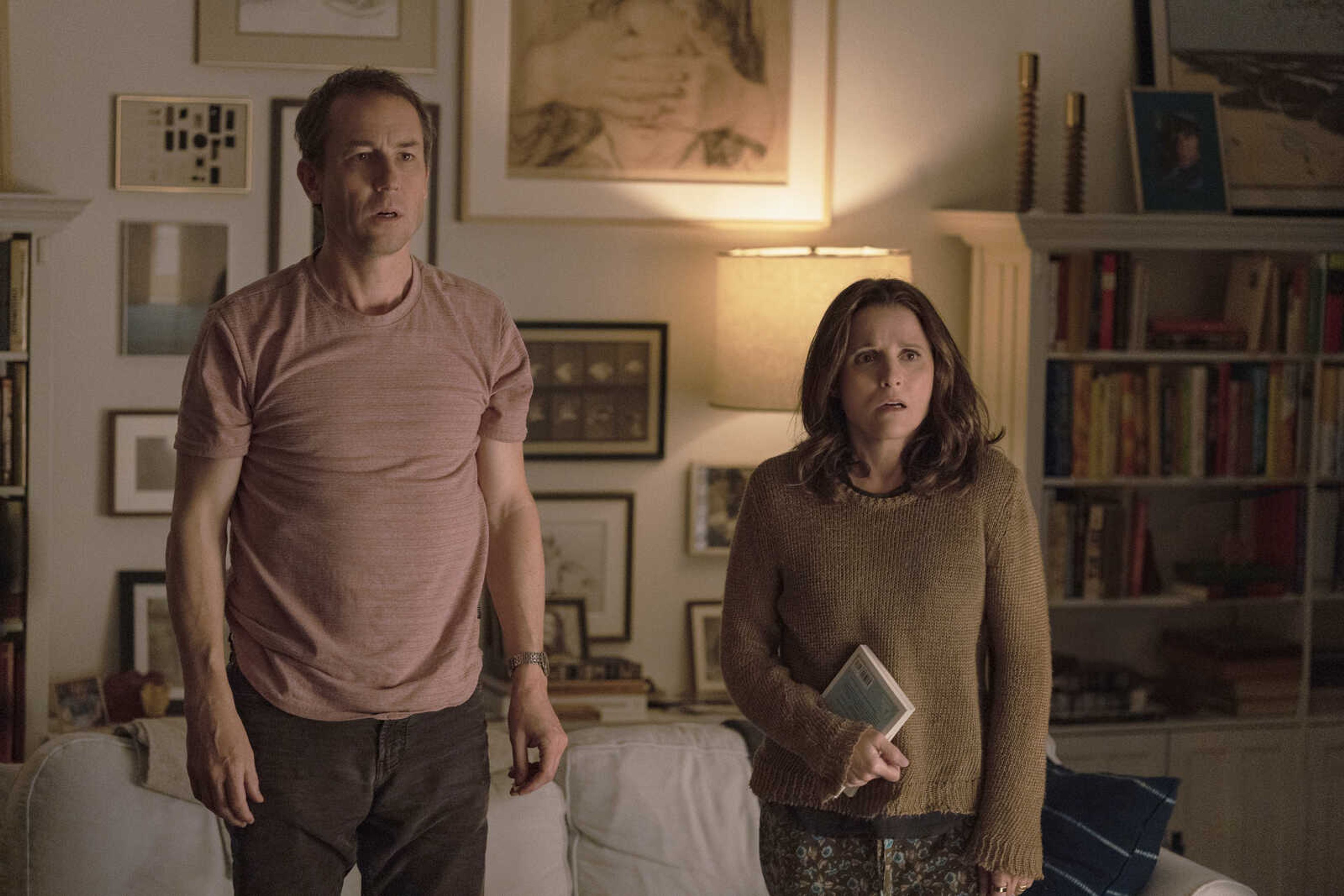Bag lady, banker, businessman also photographers
CHICAGO -- Lee Godie was homeless and spent decades wandering downtown Chicago. She wore ragged clothes, but she wore them with flair, sometimes sporting a fine cameo and carrying a silver goblet. Eugene Von Bruenchenhein was a quiet Milwaukee baker who loved white cats, polka music and taking pictures of his beautiful wife, Marie. ...
CHICAGO -- Lee Godie was homeless and spent decades wandering downtown Chicago. She wore ragged clothes, but she wore them with flair, sometimes sporting a fine cameo and carrying a silver goblet.
Eugene Von Bruenchenhein was a quiet Milwaukee baker who loved white cats, polka music and taking pictures of his beautiful wife, Marie. He took as many as 10,000 photos of her when he wasn't busy doing apocalyptic finger paintings, designing crowns or building towers and miniature chairs out of chicken bones.
And Harvard dropout Morton Bartlett was a Boston bachelor who created his own plaster family and hand-sewed all the clothing for its 15 anatomically correct members -- all boys and girls between the ages of 8 and 16. The children were found in a locked cupboard after the bland businessman and World War II veteran died in 1992 at age 83.
Godie, Von Bruenchenhein and Bartlett are the artists whose photographic works are currently on display at Intuit: The Center for Intuitive and Outsider Art. The exhibition, titled "Identity and Desire," juxtaposes their pictures with those of better known and formally trained photographers whose works are regarded as high art.
The similarities between the two groups of artists are often eerie.
"I think this goes to show that outsider artists can't be pigeonholed as strictly naive," said Intuit executive director Jeff Cory. "They instinctively use many of the same techniques and imagery the trained artists do."
No trained artist ever achieved the visibility in Chicago that Godie did in the nearly 30 years she was on the streets.
Her early years are obscure. She once said she was born in 1908 in the otherwise unknown community of Mudtown, Ill. All that is known for certain is that she descended one day in 1968 on the steps of the Art Institute of Chicago and announced that she was a French impressionist, charged by Pierre Renoir himself with bringing art and beauty to the city.
From then until shortly before her death in the 1990s, Godie might be seen holding court on the Art Institute steps one day, perched on a State Street fire hydrant the next, and sitting at a window table in a fast-food restaurant the day after that.
Her pictures, usually done in a mixture of ball point pen and acrylic paint, were often embellished with glued-on glitter, feathers or colored thread. Many were self-portraits, but Joan Crawford was also a frequent subject, as was a plumed "Prince Charming."
Casual onlookers sometimes questioned Godie's sanity, but no one who ever dickered with her over the price of a painting ever doubted her shrewdness. And those who made a purchase were eventually rewarded; many of her works are now appraised for thousands of dollars.
When Godie sold a picture, her first stop was often an automated photo booth. She would make herself up, sometimes using instant ice-tea mix to darken her skin, and then would assume an expressive pose for her portrait. Once she was satisfied with the photos, she would affix them to her next batch of paintings.
Those are the photos now on display.
David Syrek, co-curator of the current exhibition, was a friend of Godie's.
"She told me she had to attach photographs of herself to her paintings because the paintings were so beautiful, people wouldn't believe she had made them," Syrek said.
Bartlett had none of Godie's outward eccentricities. Publicly, he appeared to be what he was, a businessman and a graduate of the prestigious Phillips Exeter Academy. But he would privately spend as much as a year on each of his dolls, studying anatomy, modeling in clay and then casting in plaster. He would sew full wardrobes for the figures, and fit some of them with changeable heads so they could show a range of expressions and moods.
When the dolls were complete, Bartlett would pose them with various props and capture the scenes in meticulous black-and-white photographs. Many of those shots are on view at Intuit.
Of the three artists, Von Bruenchenhein appears to have had the happiest life. He met his wife Marie at the Wisconsin State Fair in 1939, married her a few years later and lived with her for 40 years in a gaudily painted cottage a few blocks from the fairgrounds.
Von Bruenchenhein's paintings express the horror of nuclear holocaust, but his photographs of Marie are happy and worshipful. She is topless in many of them, in 1940s pinup style, and she is always beaming. She often is wearing crowns and other regalia designed by her husband.
In some of the shots, their love is almost palpable. In one double-exposure, Marie's smiling face is superimposed over a scene of Von Bruenchenhein contemplating a tree-lined river. His handwritten caption reads: "Desire of Nature, glory in trees and Wind and Her."
The Intuit show runs through Nov. 30.
Connect with the Southeast Missourian Newsroom:
For corrections to this story or other insights for the editor, click here. To submit a letter to the editor, click here. To learn about the Southeast Missourian’s AI Policy, click here.


